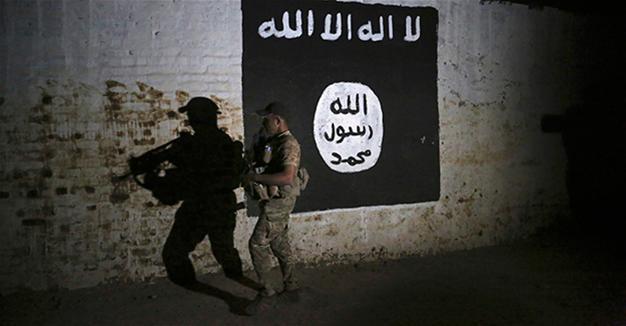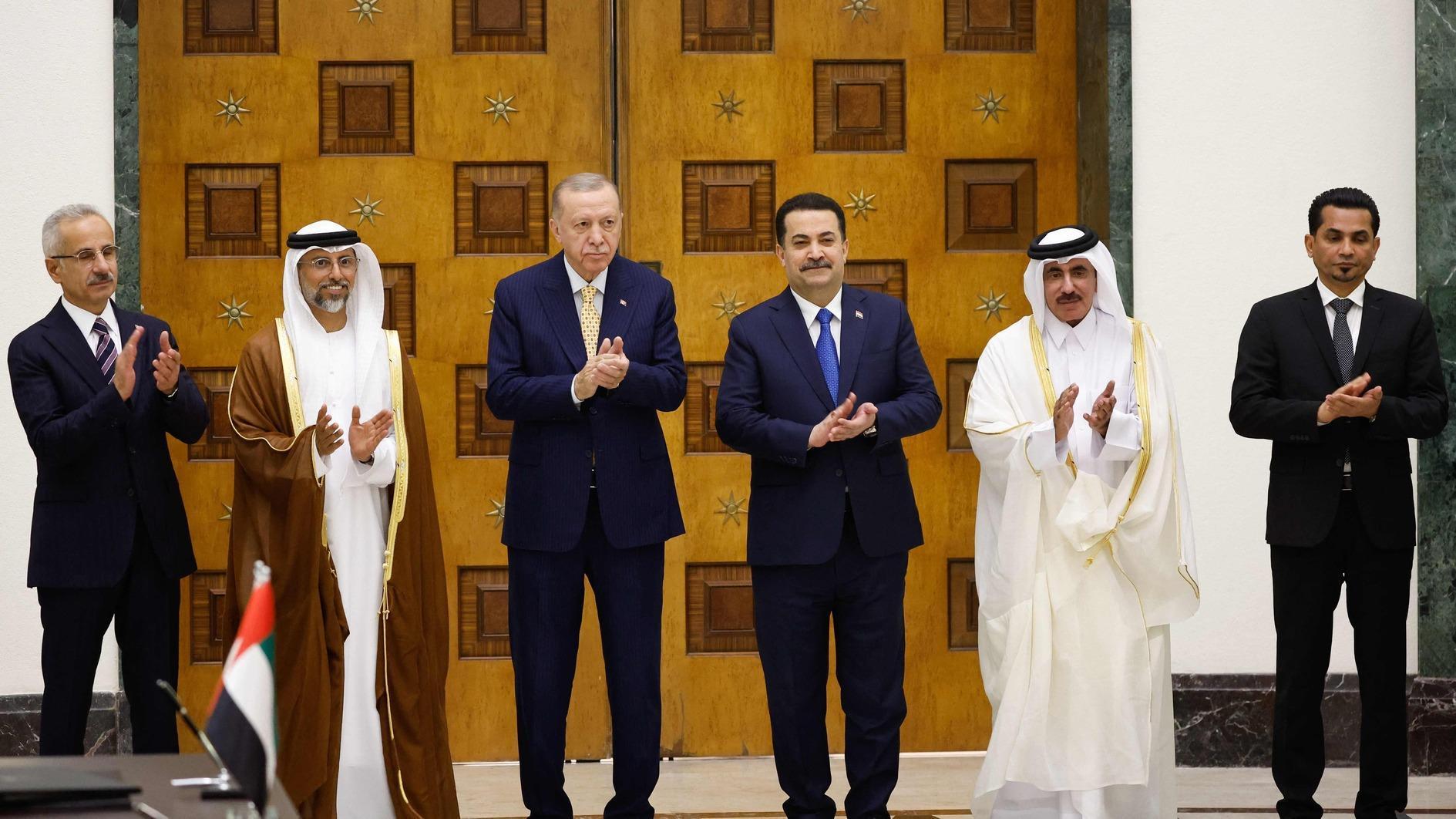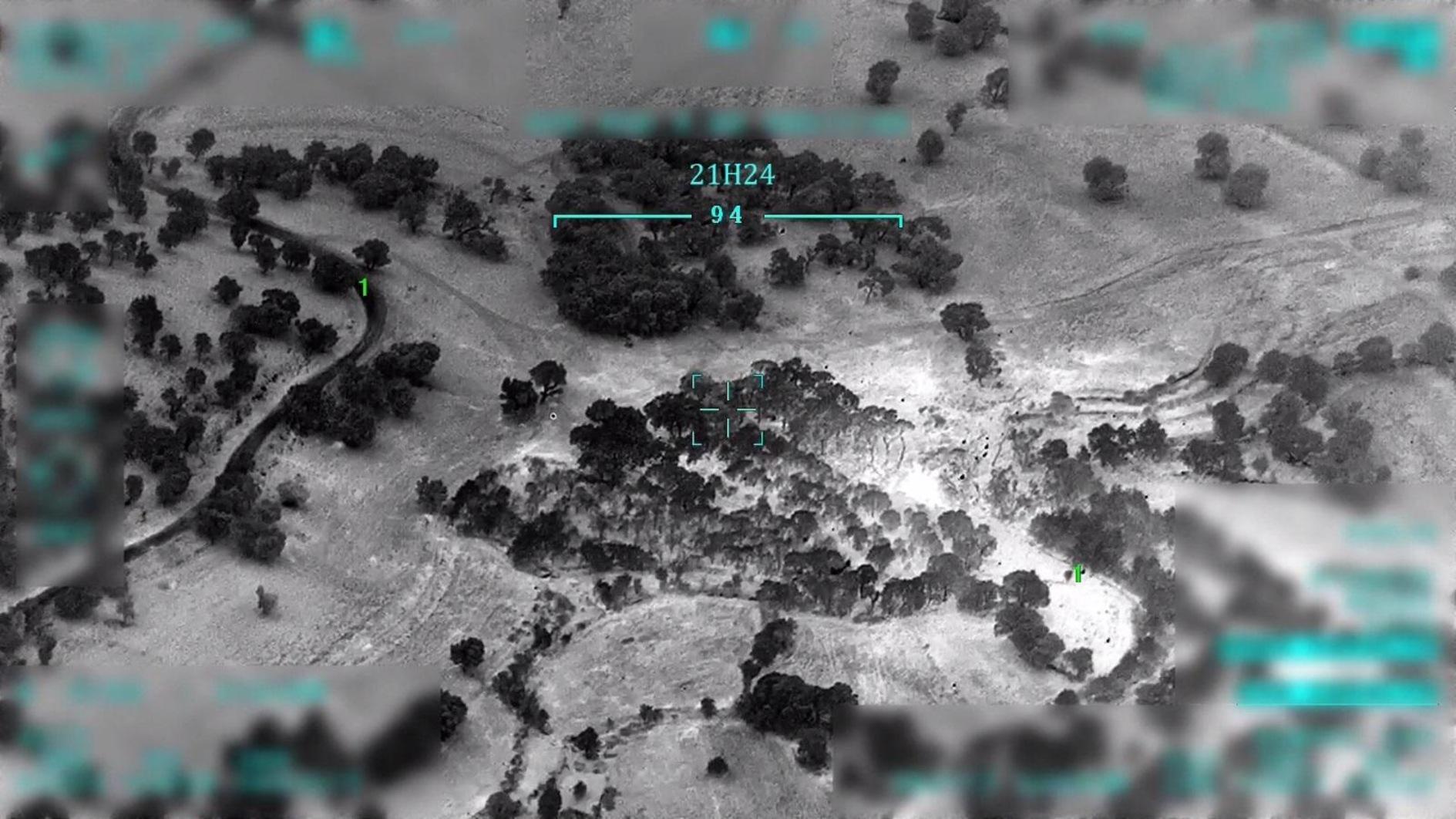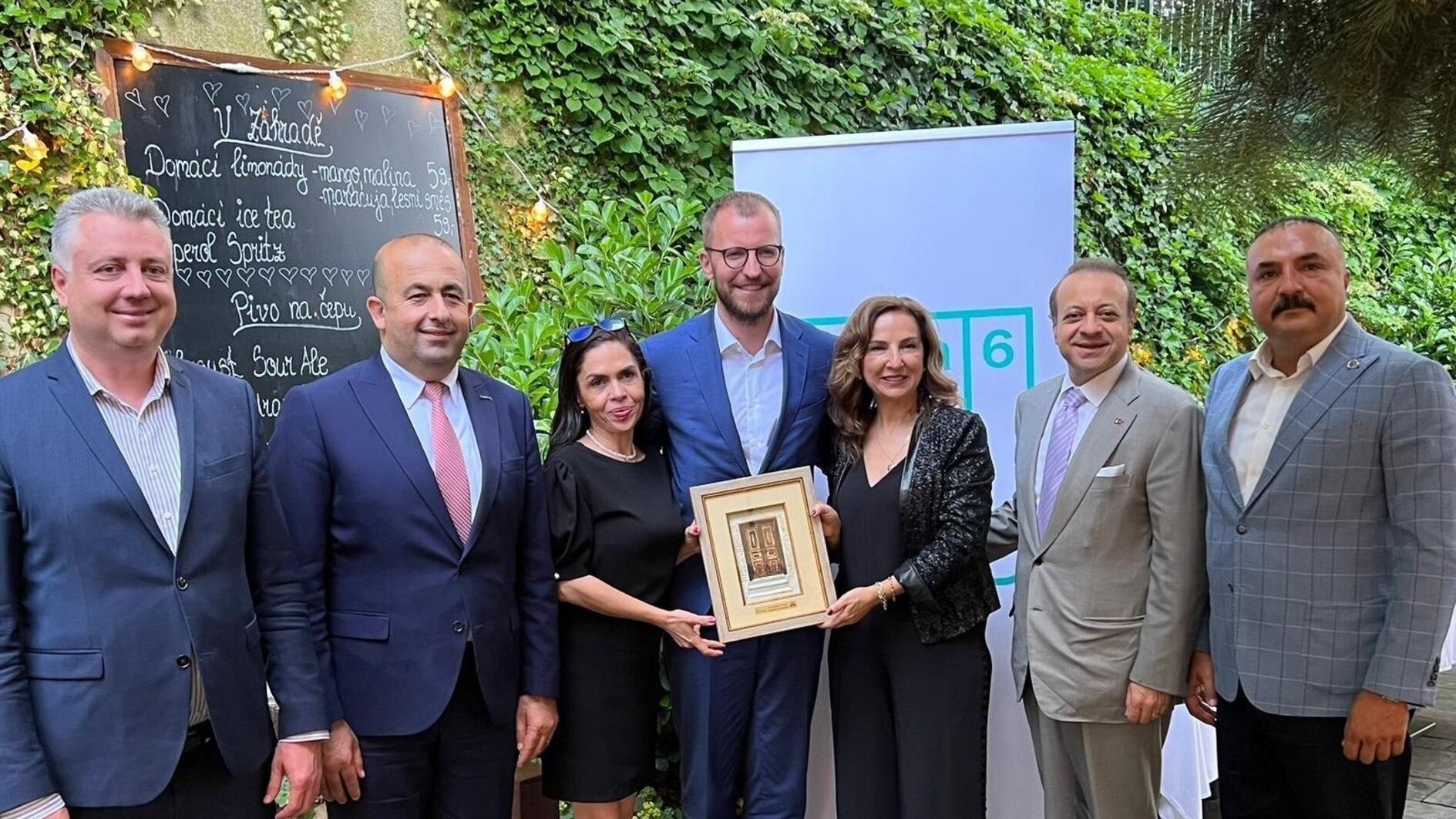Jihad and death
William Armstrong - william.armstrong@hdn.com.tr

This file photo shows an Iraqi soldier inspecting a recently-discovered train tunnel adorned with an Islamic State flag in western Mosul. AP photo
‘Jihad and Death: The Global Appeal of Islamic State’ by Olivier Roy, translated by Cynthia Schoch (Hurst, 130 pages, £16)After every jihadi attack in the West, fevered media debate centers on familiar questions. Who are these people? What is their relation to ISIS? How to stop them? Why do “they” hate “us”?
 French sociologist Olivier Roy is one of the rare sane voices in these discussions. A professor at the European University Institute in Florence, Roy has long argued that we’re seeing an “Islamization of radicalism,” not the “radicalization of Islam.” Jihadi terrorist violence that has unfolded in the past 20 years or so has little precedence in the history of the Muslim world. Roy’s latest, “Jihad and Death: The Global Appeal of Islamic State,” argues that a kind of “generational revolt” lies behind this phenomenon. It is a slim but stimulating book, though not without flaws and not without drawing some questionable conclusions.
French sociologist Olivier Roy is one of the rare sane voices in these discussions. A professor at the European University Institute in Florence, Roy has long argued that we’re seeing an “Islamization of radicalism,” not the “radicalization of Islam.” Jihadi terrorist violence that has unfolded in the past 20 years or so has little precedence in the history of the Muslim world. Roy’s latest, “Jihad and Death: The Global Appeal of Islamic State,” argues that a kind of “generational revolt” lies behind this phenomenon. It is a slim but stimulating book, though not without flaws and not without drawing some questionable conclusions.Roy bases his analysis on police reports, journalistic investigations, and testimonials from militants, family members and their peers. The typical radical profile that emerges is vivid. They are generally “a young, second-generation immigrant or convert, very often involved in episodes of petty crime, with practically no religious education,” Roy writes. They have a “rapid and recent trajectory of conversion/reconversion, more often in the framework of a group of friends or over the internet than in the context of a mosque; the embrace of religion is rarely kept secret, but rather is exhibited, but it does not necessarily correspond to immersion in religious practice.” Generally their religious fervor “arises outside community structures, belatedly, fairly suddenly, and not long before they move into action.”
Most jihadists who have gone to fight in Syria and Iraq have minimal religious knowledge. The overwhelming majority of jihadists seem to have retrofitted their ideology onto a half-understood Salafism. The militants Yusuf Sarwar and Mohammed Ahmed famously ordered “Islam for Dummies” and “The Koran for Dummies” from Amazon before setting out from the U.K. to fight in Syria in 2013.“Jihadis do not descend into violence after poring over sacred texts,” Roy writes. “They do not become radicals because they have misread the texts or because they have been manipulated. They are radicals because they choose to be, because only radicalism appeals to them.” It is therefore delusional to think its adherents “can be ‘cured’ by practicing a good, moderate Islam preached by good, moderate imams. They seek out radicalism for its own sake.”
At least in the West, Roy writes, jihadism “is a youth movement that not only is constructed independently of the parents’ religious and cultural references, but is also inseparable from our societies’ ‘youth culture.’” While in previous decades young rebels may have turned to far left or anarchist groups, ISIS is today “the only international anti-society, anti–world order group” on the market. It is significant that converts are hugely overrepresented among jihadists. “The nihilist dimension is central. What fascinates is pure revolt. It is an end in itself. It is violence devoid of a future.” Most radicals are “not youths who have misread the scriptures, but rebels who choose radicalism and then fit it into an Islamic paradigm,” argues Roy.
Why in the space of 20 years has radicalization primarily affected second generations and converts in the West? Roy stresses the importance of cultural dislocation. While earlier generations of Muslim migrants were still attached to a chain of coherent traditions, new generations are caught between two cultural realities, contending with persistent racism, lack of integration and alienation from the dominant culture. Second generations and converts, whether by situation or by choice, “have lost the culturally rooted religion of their parents. They thus piece together a religion without any social and cultural grounding,” Roy writes. The deculturation of the religious sphere “explains why it is reconstructed in fundamentalist form.” This may explain why Turkey’s culturally rooted Diyanet-run mosques in Europe, for all their problems, seem to shield against ISIS radicalization. As a Belgian security chief noted last year, there is “no momentum in the Turkish population [in Europe] to join ISIS.”
Roy has been criticized on two main points: Ignoring the effect of Western foreign policy on radicalizing young Muslims; and ignoring or even apologizing for the spread of fundamentalist Islam in communities. On the former he makes a good defense, arguing that the relationship between radicals and victims is more imaginary than real. “Those who perpetrate attacks in Europe are not inhabitants of the Gaza Strip, or Libyans, or Afghans. They are not necessarily the poorest, or the most humiliated, or the least integrated. The fact that 25 percent of jihadis are converts shows that the link between radicals and their ‘people’ is also in the realm of the imaginary.” They know little about the contemporary history of the Middle East and ultimately end up killing far more Muslim than Western lives. “None of the jihadis, whether born Muslim or converted, has to my knowledge campaigned as a part of a pro-Palestinian movement or belonged to any sort of association to combat Islamophobia,” writes Roy. Essentially, they leave behind a real world for an imaginary world. The Muslim community they are eager to avenge is almost never specified, remaining a “non-historical and non-spatial reality.”
On the latter criticism Roy is less convincing. Arguing that jihadism has a narrow social base that “does not mobilize the masses and only draws in those on the fringe,” he is too sanguine about the toxic climate fostered by Gulf-sponsored Salafism. That climate may not be the primary motivating factor behind much radicalization, but it does provide a pernicious ready-made framework. “Behind these terrorists there is no social or political movement that shares their ideas and plans without necessarily approving of their methods of action,” Roy claims, which seems highly debatable. He notes that for the vast majority of jihadists there is no religious movement that “radicalized them ‘religiously’ before they went over to terrorism,” but he does not address why those who have been radicalized find a coherent set of religious principles waiting to be taken up. Roy does not take seriously enough the effect of aggressive, flourishing Salafist networks in French banlieues.
His diagnosis effectively pathologizes Islamic extremism. In Roy’s account it is as much a psychological problem as a social or religious problem. Because radicalization precedes recruitment, destroying outside organizations like ISIS will not put an end to it, he argues. Extremist groups “draw from an existing pool they did not create.” If Roy is right, any “solutions” are implicitly limited. This conclusion is a strange combination of naivety and fatalism.
* Follow the Turkey Book Talk podcast via Twitter, iTunes, Stitcher, Podbean, Acast, or Facebook. Listeners can support the podcast by purchasing “Jihad and Death” from Hurst Publishers for a special 33 percent discount, plus free delivery, via this link.










